Introduction to Subdivision
This page is prepared for the purpose of understanding the subdivision process and the approval to subdivide land or buildings in New South Wales. This page is general in nature and is subject to formal town planning advice
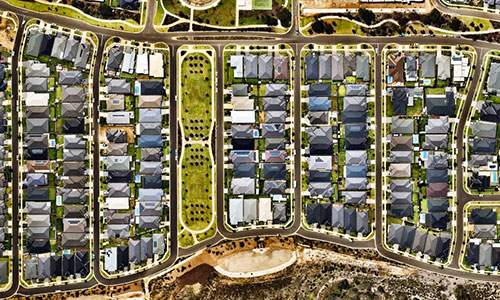
What is “Subdivision”?
Subdivision is the process that creates new lots of land or changes the size of the existing lot or the location of the property boundaries. This process creates a new title for each new lot that can then be registered with NSW Land Registry Services. There are many types of subdivision which include:
1. Torrens Title
Torrens Title subdivision involves the creation of new allotments from an existing allotment. This may be achieved by:
- Boundary adjustments – realignment of a lot boundary
- Site consolidations – amalgamation of two or more lots into one lot
- The subdivision of an existing lot into two or more lots
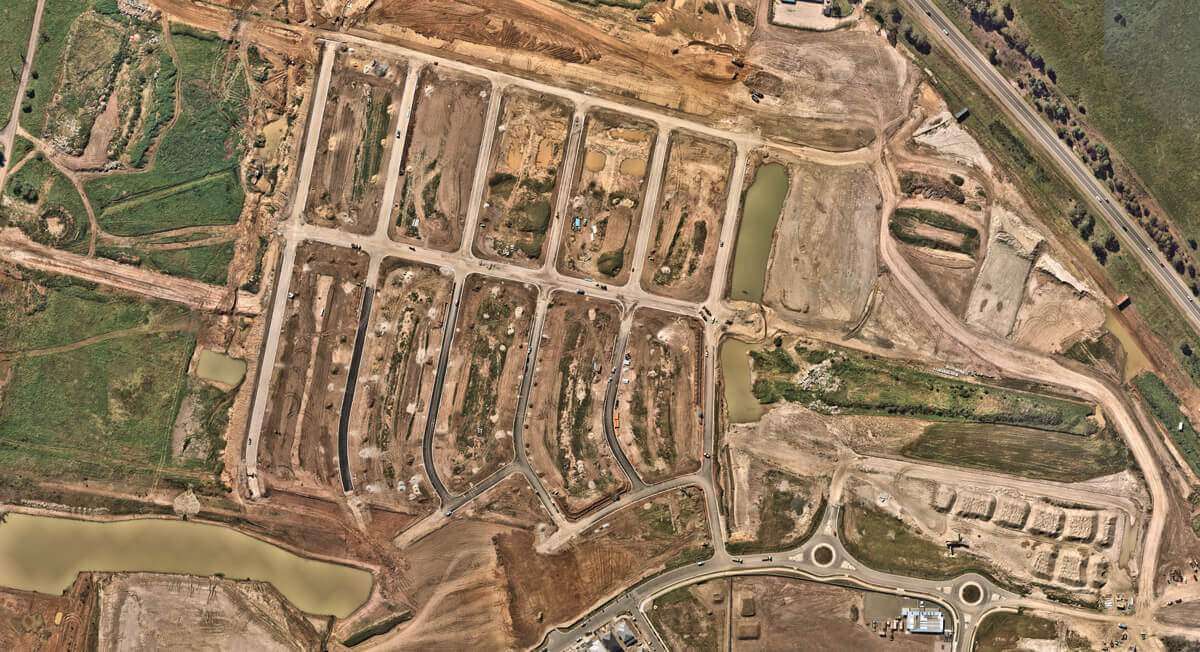
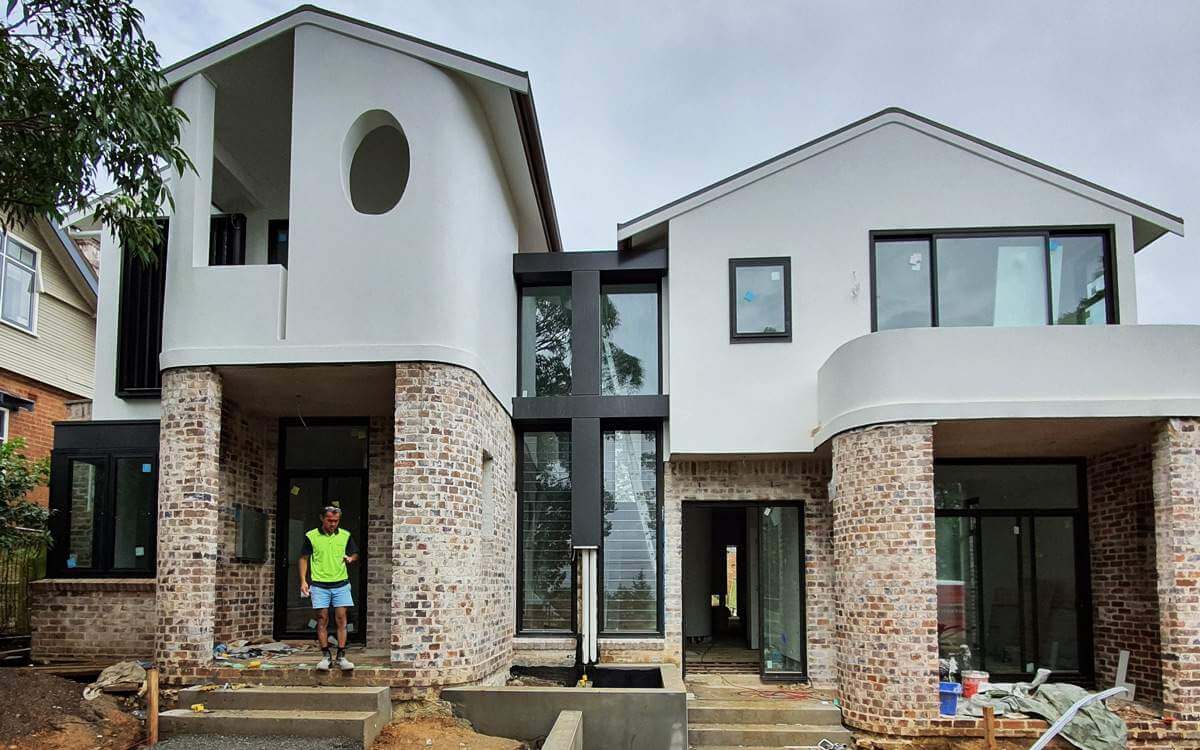
2. Community Title
Community Title subdivision involves the subdivision of land so that each resultant lot has a separate title but also shares a common piece of land such as a pool, BBQ area, driveway, garden, etc. The Community Plan associated with the subdivision may also outline a number of development guidelines for the subdivision design and construction.
3. Strata Title
Strata subdivision gives ownership to individual portions of a larger property and a share of common property such as gardens and driveways. Owners become members of the body corporate and may share responsibility for the whole property. Strata subdivision is most commonly used with dual occupancies, multiple dwelling development, apartment buildings and commercial and industrial buildings.
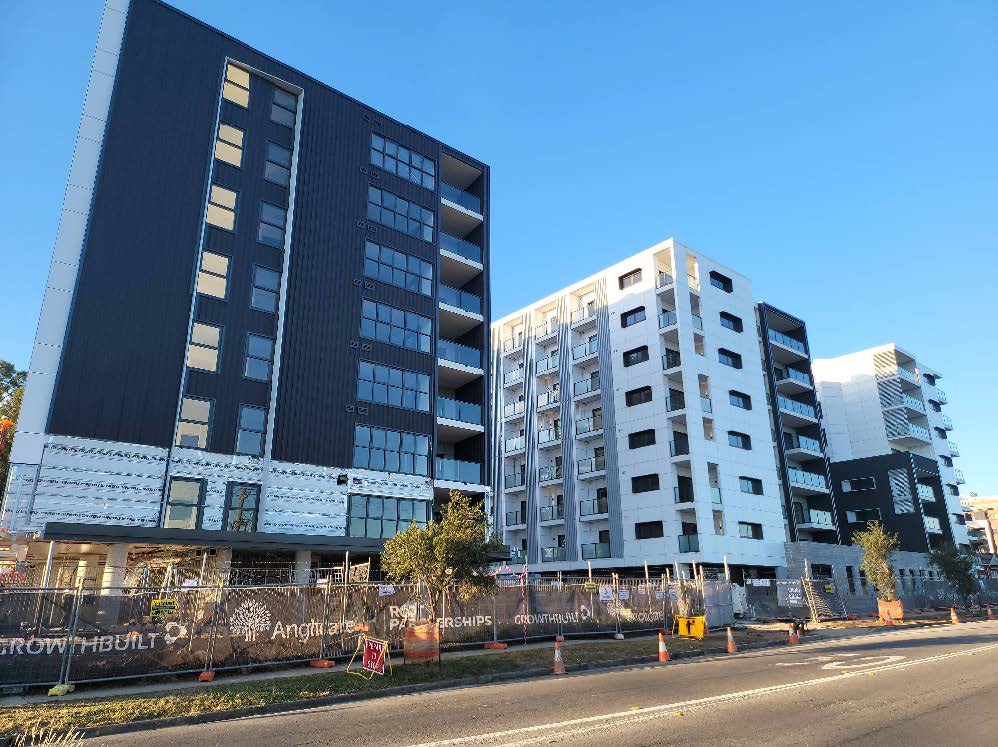

4. Stratum Subdivision
Subdivision is the process that creates new lots of land or changes the size of the existing lot or the location of the property boundaries. This process creates a new title for each new lot that can then be registered with NSW Land Registry Services. There are many types of subdivision which include:
Most subdivisions of land are carried out under Torrens Title subdivision. The remainder of this fact sheet deals with Torrens Title subdivision only.
Obtaining Approval for Subdivision
A subdivision will require either development consent or complying Development approval if it meets the relevant criteria contained in State Environmental Planning Policy (Exempt and Complying Development Code) 2008 (Codes SEPP). The Codes SEPP allows development completed under the Low-Rise Housing Diversity Code (LRHDC) or strata subdivision be approved as complying development if it meets the relevant standards set out in the Subdivision provisions of the Codes SEPP. For the Low-Rise refer to our webpage to provide information about the LRHDC.
The content of statutory planning instruments at regional, sub-regional and local levels will generally apply to most subdivision that occur. These include:
- Environmental Planning and Assessment Act 1979 (EP&A Act) and Environmental Planning and Assessment Regulation
- The Environmental Planning and Assessment Act (EP&A Act) provides the overarching statutory framework for planning in NSW.
- State Environmental Planning Polices (SEPP)
- State Environmental Planning Policies contain planning controls for certain areas or types of development and they also specify the development assessment system that may be applicable to the proposal. This is particularly important when it comes to complying development and the low-rise housing diversity code
- Local Environmental Planning Polices (LEPP)
- Local Environmental Plans (LEPs) contain planning controls for the local areas. They do this through various controls and legal requirements, which provide a legal structure for development.
- Development Control Plans (DCP) and other guidelines
DCP and other guidelines is a non-statutory document that provides specific controls for development within the LGA that must be taken into consideration
What is a Local Environmental Plan and why it it particularly important to all sites?
An LEP guides planning decisions for local government areas. Local councils do this through zoning and development controls, which provide a framework for the way land can be used. LEPs are the main planning tool to shape the future of communities and ensure local development is done appropriately. The Code has been designed to work with council LEPs. Dual occupancies, manor houses and terraces can only be carried out as complying development or through a DA if it is permitted under the council’s LEP.
What is the general approvals process for subdivision
These are the general steps in the subdivision process in which Subdivision Certifiers can assist with:
- Development Application (DA)
An approval granted to subdivide land subject to certain conditions; - Subdivision Works Certificate (SWC)
An approval for works required to complete the subdivision; - Compliance Certificate (inspection of works)
An approval to confirm the works have been constructed in accordance with a relevant standard or approval. - Subdivision Certificate (SC)
When all conditions contained in the DA have been satisfied and all necessary works have been completed, a Subdivision Certificate will be issued, which authorises the registration of a plan of subdivision.
What else do I need to consider through the subdivision process?
There are several important factors which must be considered when determining whether a site is suitable for subdivision. These include, but are not limited to:
- Zoning and land use objectives;
- Physical constraints such as bushfire, flooding, geotechnical issues, sea level rise, mine subsidence;
- Lot configuration;
- Access;
- Availability of public utilities, including water, sewer, electricity and roads;
- Restrictions on the use of land, such as easements;
- Loss of environmental quality, including removal of vegetation or impact on watercourses;
- Heritage implications;
- Solar efficiency of proposed allotments; and
- Development potential.
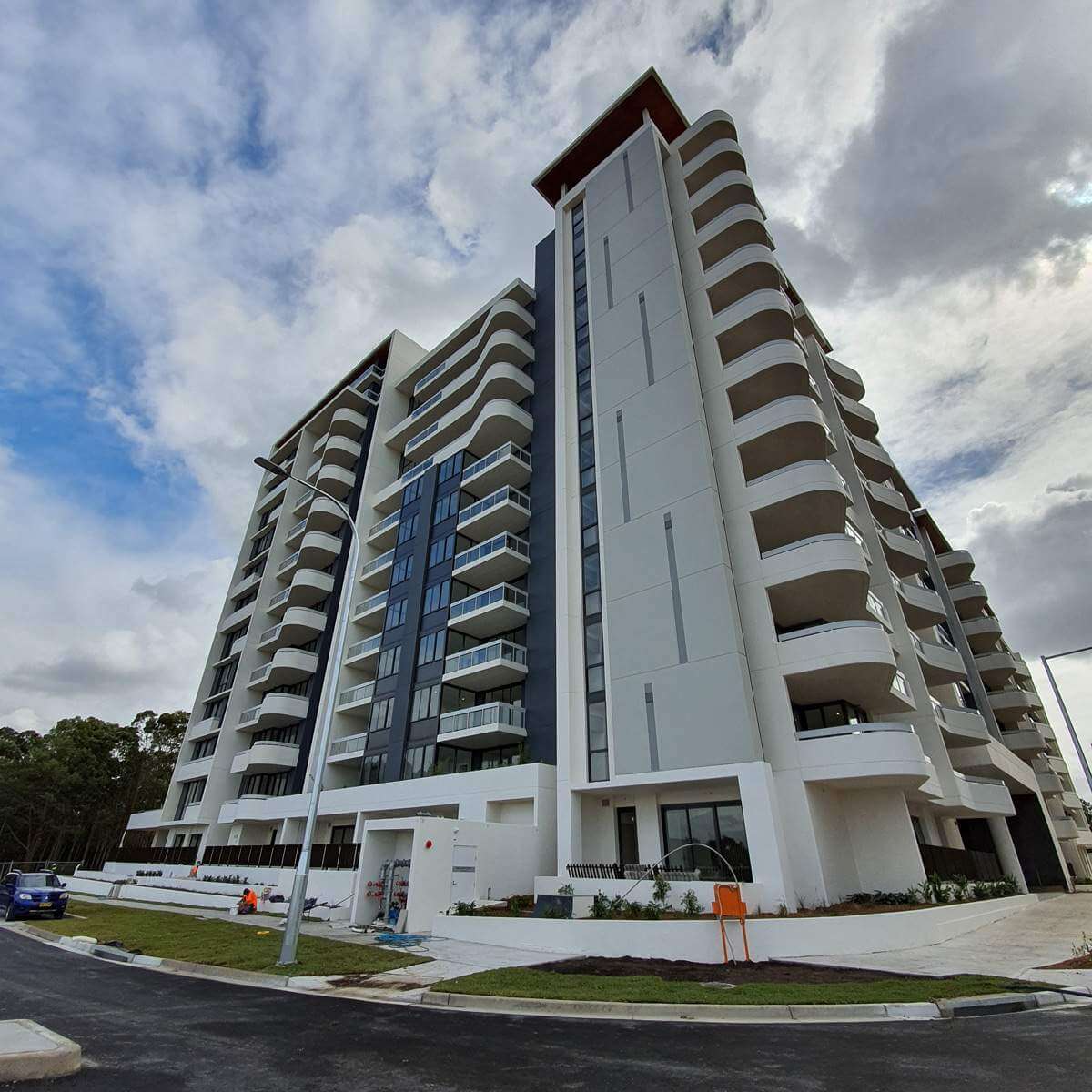
Typical Subdivision Approval Process

Step 1. Planning typically involves
- Obtaining a topographic/contour Survey
- Determining preliminary Road and drainage design, obtaining town planning, Lot layouts and due diligence where required.
- Preparing for Development Application (DA):
- Booking a Pre- DA lodgement meeting
- Preparing final concept final civil road/drainage earthworks design
- Obtaining additional ancillary reports such as
- Flora and fauna
- Geotechnical / Contamination
- Bushfire report
- Any other consultants required subject to site considerations
- Statement of Environmental Effect
- Alternatively, preparing for Complying Development Certificate (CDC) (typically under the Low Rise Housing Diversity Code).
- Section 10.7 Planning Certificate
- Draft Subdivision Plan
- Building Complying Development certificate
- Lodge Development Application (Council) or Complying Development Certificate(CDC) (Subdivision Certifiers Pty Ltd)
Step 2. Design typically involves
- Prepare final Road and stormwater Design
- Obtain and prepare final service plans including Water & sewer design and Electric Design
Step 3. Design Approval typically involves
- Lodge for Road and drainage (Subdivision Works Certificate/CC)
- Lodge for Water & sewer approval
- Lodge For Electricity Design
Step 4. Construction typically involves
- Put out tenders and contracts
- Appoint Principal Certifiers
- Construction of Civil works, Water, Sewer Electricity
Step 5. Completion typically involves
- Preparing Work-as-ex Surveys
- Survey for final Subdivision Plan
- Services Acceptance Documents
- Address conditions of consent requirements DA or CDC
- Lodge Subdivision Plan with Council/Certifier and documents required for consent
- Lodge Plan with Land Registry Office
Council Local Government Area List
Government area list
Albury City Council
Armidale Regional Council
Ballina Shire Council
Balranald Shire Council
Bathurst Regional Council
Bayside Council
Bega Valley Shire Council
Bellingen Shire Council
Berrigan Shire Council
Blacktown City Council
Bland Shire Council
Blayney Shire Council
Blue Mountains City Council
Bogan Shire Council
Bourke Shire Council
Brewarrina Shire Council
Broken Hill City Council
Burwood Council
Byron Shire Council
Cabonne Council
Camden Council
Campbelltown City Council
Canada Bay Council, City of
Canterbury Bankstown Council
Carrathool Shire Council
Central Coast Council
Central Darling Shire Council
Cessnock City Council
Clarence Valley Council
Cobar Shire Council
Coffs Harbour City Council
Coolamon Shire Council
Coonamble Shire Council
Cootamundra-Gundagai Regional Council
Cowra Shire Council
Cumberland Council
Dubbo Regional Council
Dungog Shire Council
Edward River Council
Eurobodalla Shire Council
Fairfield City Council
Federation Council
Forbes Shire Council
Georges River Council
Gilgandra Shire Council
Glen Innes Severn Council
Goulburn Mulwaree Council
Greater Hume Shire Council
Griffith City Council
Gunnedah Shire Council
Gwydir Shire Council
Hawkesbury City Council
Hay Shire Council
Hills Shire Council, The
Hilltops Council
Hornsby, The Council of the Shire of
Hunters Hill, The Council of the Municipality of
Inner West Council
Inverell Shire Council
Junee Shire Council
Kempsey Shire Council
Kiama, The Council of the Municipality of
Ku-ring-gai Council
Kyogle Council
Lachlan Shire Council
Lake Macquarie City Council
Lane Cove Municipal Council
Leeton Shire Council
Lismore City Council
Lithgow Council, City of
Liverpool City Council
Liverpool Plains Shire Council
Lockhart Shire Council
Maitland City Council
Mid-Coast Council
Mid-Western Regional Council
Moree Plains Shire Council
Mosman Municipal Council
Murray River Council
Murrumbidgee Council
Muswellbrook Shire Council
Nambucca Valley Council
Narrabri Shire Council
Narrandera Shire Council
Narromine Shire Council
Newcastle City Council
North Sydney Council
Northern Beaches Council
Oberon Council
Orange City Council
Parkes Shire Council
Parramatta, Council of the City of
Penrith City Council
Port Macquarie-Hastings Council
Port Stephens Council
Queanbeyan-Palerang Regional Council
Randwick City Council
Richmond Valley Council
Ryde, Council of the City of
Shellharbour City Council
Shoalhaven City Council
Singleton Council
Snowy Monaro Regional Council
Snowy Valleys Council
Strathfield Municipal Council
Sutherland Shire Council
Sydney, Council of the City of
Tamworth Regional Council
Temora Shire Council
Tenterfield Shire Council
Tweed Shire Council
Upper Hunter Shire Council
Upper Lachlan Shire Council
Uralla Shire Council
Wagga Wagga City Council
Walcha Council
Walgett Shire Council
Warren Shire Council
Warrumbungle Shire Council
Waverley Council
Weddin Shire Council
Wentworth Shire Council
Willoughby City Council
Wingecarribee Shire Council
Wollondilly Shire Council
Wollongong City Council
Woollahra Municipal Council
Yass Valley Council
